15 Nutritious Fall Vegetables to Add to Your Meals
Fall is the perfect time to enjoy a variety of vegetables that not only taste great but are also rich in nutrients. These vegetables offer unique flavors that pair well with cooler-weather dishes. They are full of vitamins and minerals to support your health throughout the season. Whether roasted, sautéed, or in soups, these vegetables will make your meals more satisfying.
This post may contain affiliate links, which helps keep this content free. Please read our disclosure for more info.
Sweet Potatoes
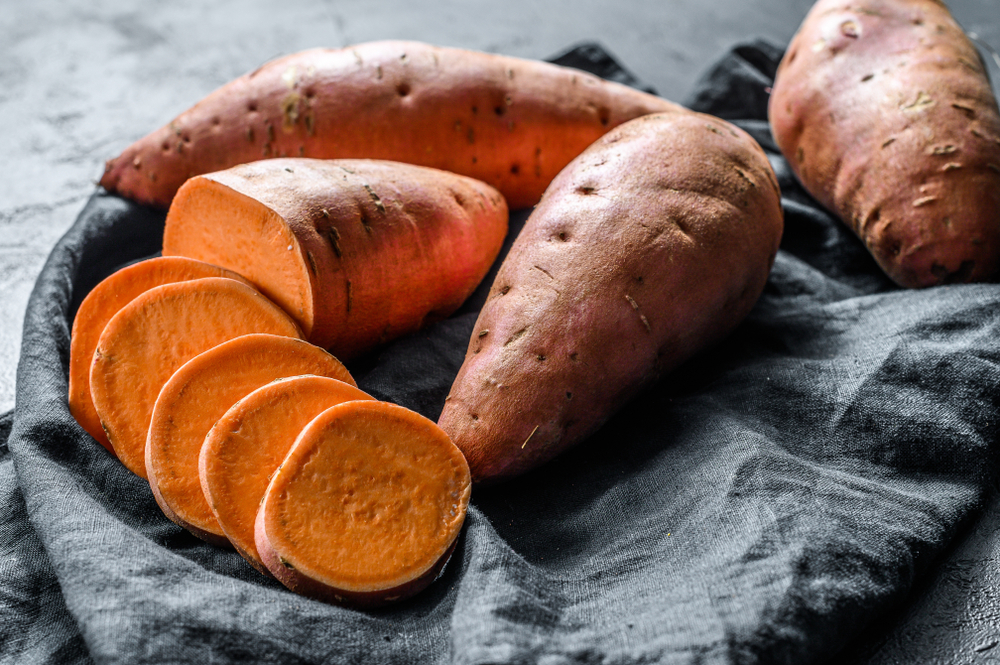
Sweet potatoes are a fall favorite known for their rich flavor and numerous health benefits. Packed with vitamins A and C, they help support the immune system and promote healthy skin. They are versatile and can be used in many dishes, from mashed sweet potatoes to roasted wedges. Try them in soups, casseroles, or even as a healthy addition to a salad for a touch of sweetness.
These root vegetables are also high in fiber, making them excellent for digestive health. Their natural sweetness pairs well with both savory and sweet dishes. You can roast them with spices, mash them as a side dish, or even blend them into a creamy soup. Sweet potatoes are an ideal choice for adding heartiness to any fall meal.
Brussels Sprouts
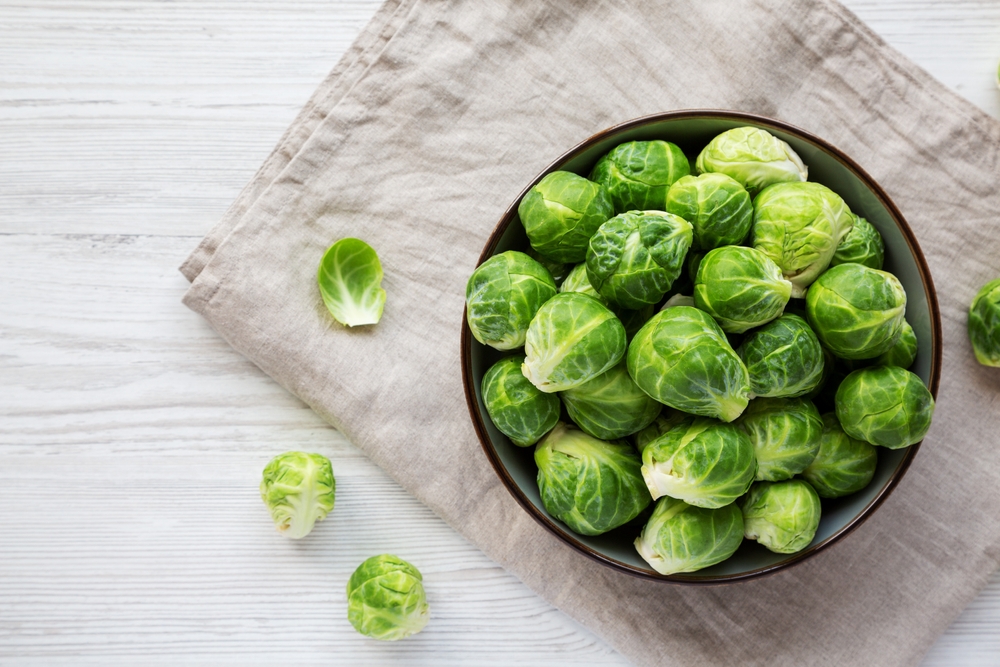
Brussels sprouts are packed with antioxidants and vitamins, making them a nutritious choice for the fall season. These mini cabbages are perfect for roasting or sautéing and develop a deep, caramelized flavor when cooked. Toss them with olive oil, garlic, and a sprinkle of parmesan for a simple yet flavorful side dish. You can also add them to stir-fries or include them in a fall vegetable medley.
These vegetables are known for their high vitamin K content, which is essential for bone health. Brussels sprouts are also a great source of fiber, which supports digestive function. They make a great addition to soups, salads, and even grain bowls. Their crunchy texture provides a satisfying bite in any meal.
Butternut Squash
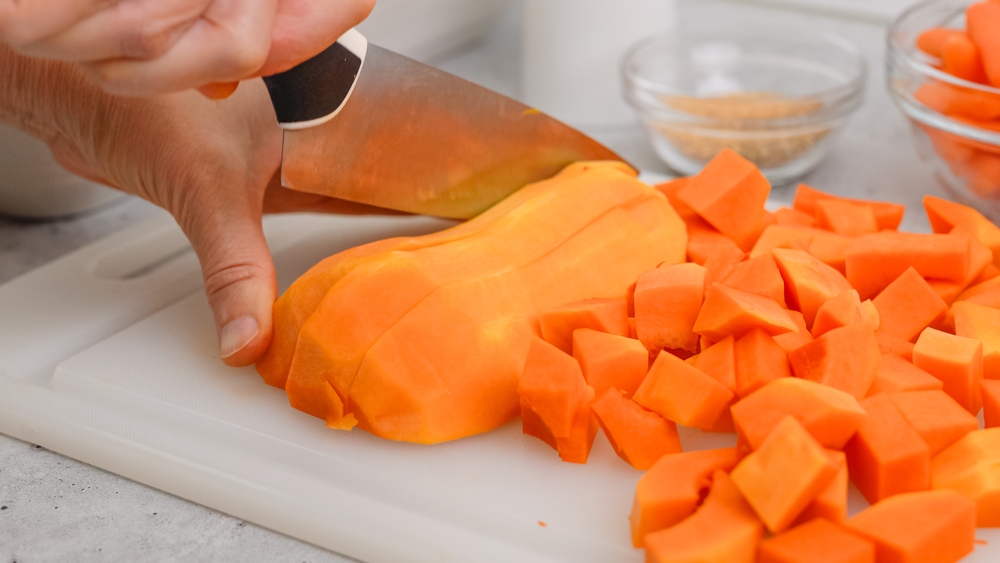
Butternut squash has a smooth texture and a naturally sweet taste, making it perfect for fall dishes. Rich in vitamin A, it supports eye health and boosts immunity. You can roast it with herbs or blend it into a creamy soup for a comforting meal. Its sweet flavor also pairs wonderfully with savory dishes like quinoa or roasted chicken.
This squash is high in antioxidants, which help protect the body from oxidative stress. Its natural sweetness works well in both savory and sweet applications. Try roasting it and adding it to salads, or simply enjoy it as a side dish with a sprinkle of cinnamon and nutmeg. Butternut squash is a nutritious and versatile vegetable that complements many fall recipes.
Kale
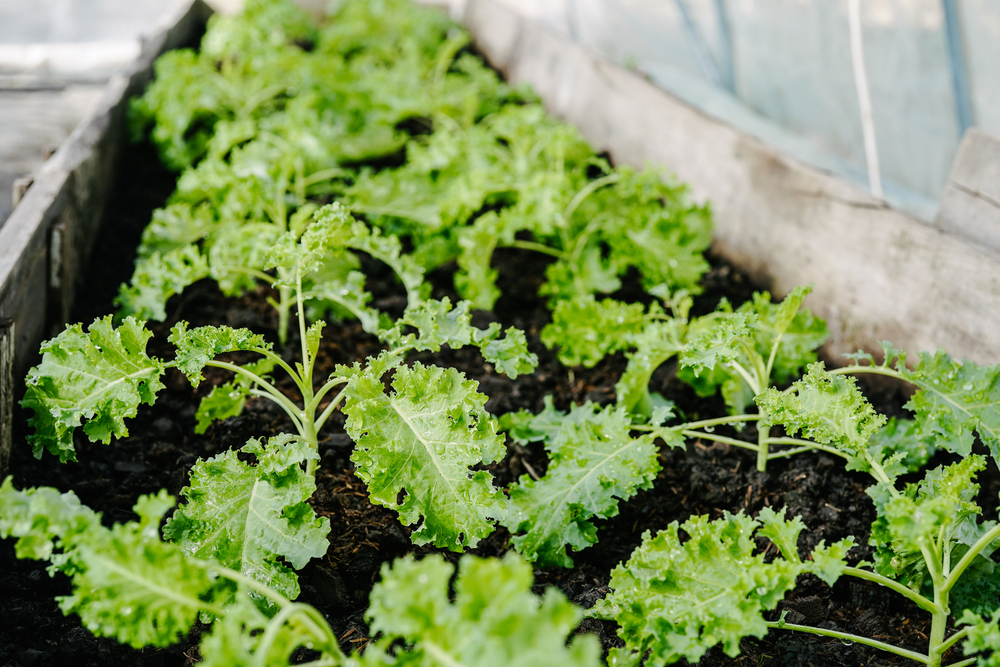
Kale thrives in the cooler fall weather and is a nutrient powerhouse. This leafy green is an excellent source of vitamins A, K, and C, which are great for skin health and immunity. Kale is perfect for adding to soups and salads, or you can sauté it with garlic and olive oil for a simple side dish. It also works well in smoothies for an extra nutrient boost.
The high fiber content in kale helps with digestion and can aid in managing cholesterol levels. You can even make crispy kale chips by roasting them with a little olive oil and salt. Its hearty texture makes it a great addition to both light and hearty meals. Kale is a versatile vegetable that can easily be incorporated into any fall meal.
Carrots
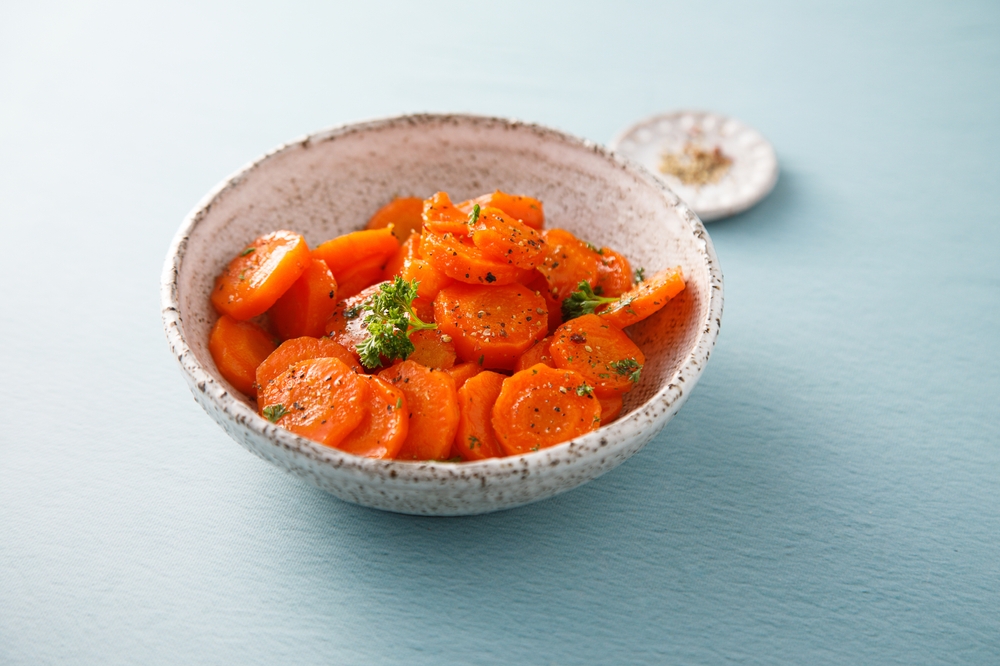
Carrots are sweet, crunchy, and packed with beta-carotene, which is converted into vitamin A in the body. They are great for eye health and support a strong immune system. These root vegetables can be roasted, added to soups, or sliced raw into salads. They also work well in baking, such as in carrot cakes or muffins.
Carrots are a fantastic source of fiber, which helps keep the digestive system running smoothly. Their natural sweetness pairs perfectly with fall spices like cinnamon and nutmeg. Roasted carrots make a simple, delicious side dish, or you can blend them into creamy soups. Their versatility allows them to fit into any fall recipe with ease.
Pumpkin
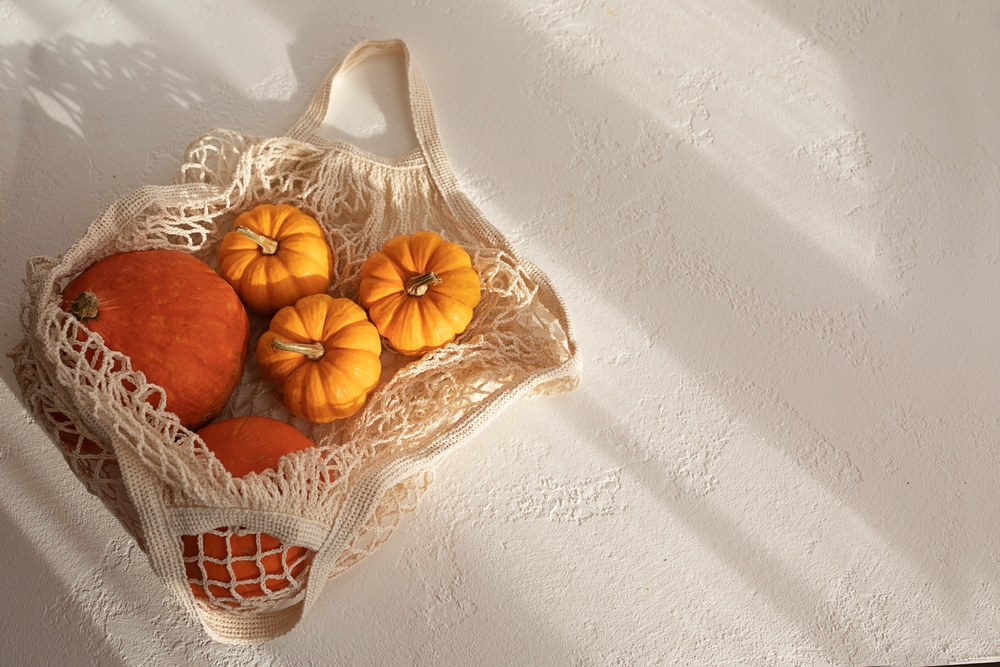
Pumpkin is a fall staple, known for its rich flavor and impressive nutritional profile. High in vitamin A and fiber, it supports eye health and aids digestion. You can roast pumpkin chunks, make pumpkin puree, or add it to soups and stews. It is also a favorite ingredient in fall desserts like pies and muffins.
Pumpkin is low in calories but packed with antioxidants, making it a great choice for maintaining a healthy diet. Its naturally sweet flavor complements both savory and sweet dishes. Try adding roasted pumpkin to grain bowls, soups, or even as a topping for salads. This vegetable is perfect for bringing the warmth and comfort of fall to your meals.
Beets
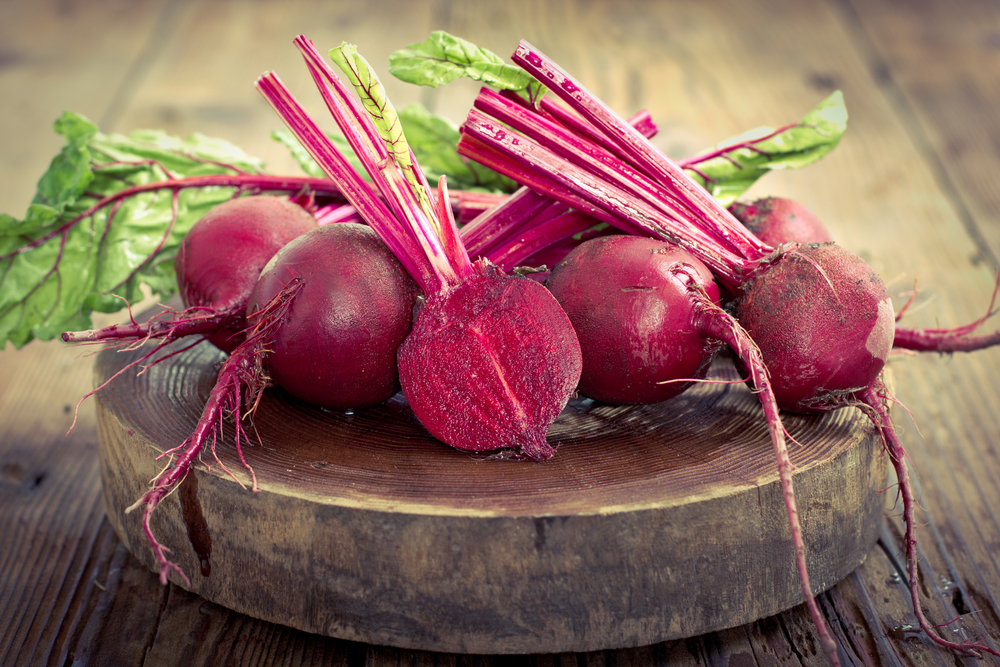
Beets are a vibrant, nutrient-dense vegetable that thrive in the fall months. Rich in folate and manganese, they support heart health and improve circulation. Beets can be roasted, boiled, or used raw in salads. They add a deep, earthy flavor to dishes, making them a perfect addition to fall salads or soups.
These root vegetables are also high in fiber, which supports digestive health. Roasting beets brings out their natural sweetness and makes them a great complement to roasted meats or grain salads. They are also a fantastic addition to smoothies for a natural sweetness and nutritional boost. Beets are an excellent way to add color and nutrition to your fall meals.
Leeks
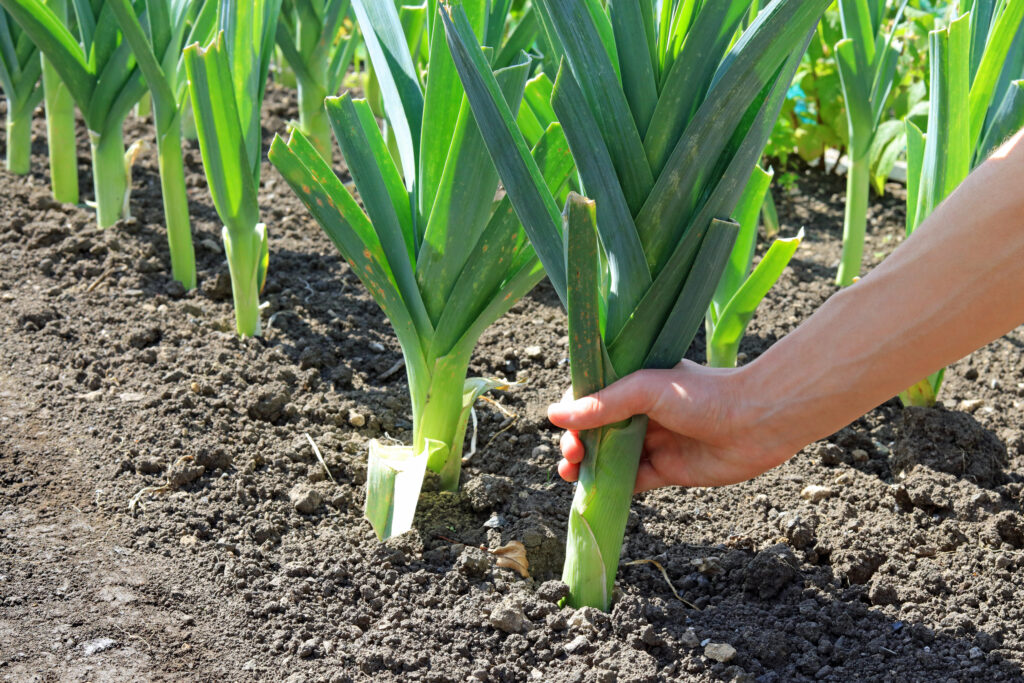
Leeks are a milder, sweeter alternative to onions and are perfect for fall dishes. They are rich in fiber, vitamin C, and antioxidants, making them great for heart health and immune function. Leeks are ideal for adding depth to soups, stews, and casseroles. You can also sauté them with olive oil and garlic or add them to roasted vegetables.
These vegetables are full of prebiotic fiber, which supports gut health and digestion. Their mild flavor makes them an excellent addition to many dishes without overpowering the other ingredients. Leeks are commonly used in fall comfort foods like potato leek soup. They also add a mild onion flavor to grain salads and roasted vegetables.
Cauliflower
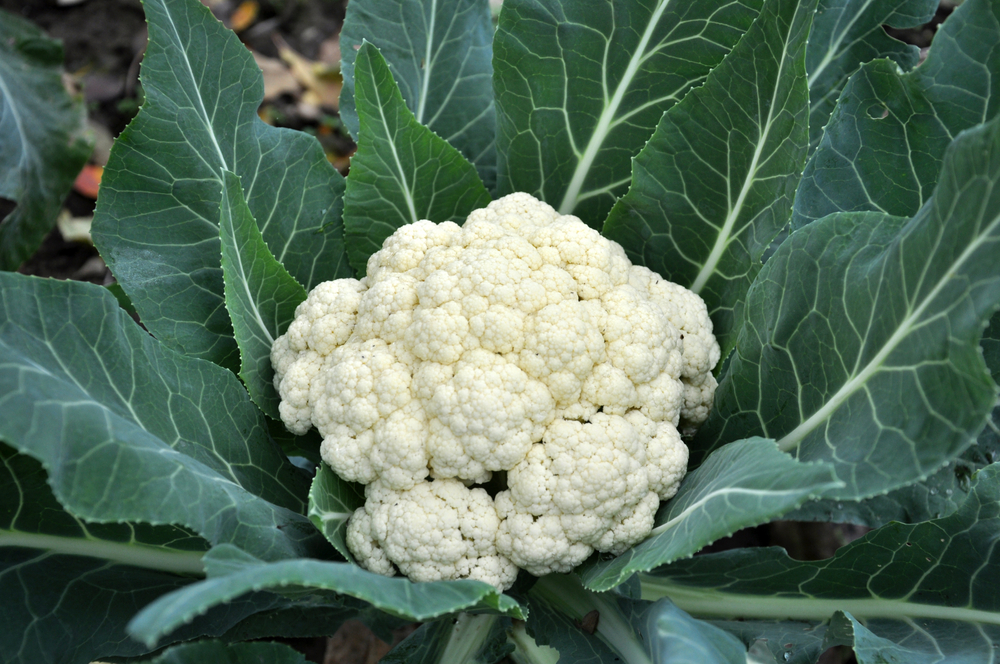
Cauliflower is a versatile, low-calorie vegetable that is packed with vitamins and antioxidants. This cruciferous vegetable is high in vitamin C and fiber, which support the immune system and digestive health. Cauliflower can be roasted, mashed, or used as a substitute for rice in many dishes. It is also a great addition to fall casseroles or used as a base for creamy soups.
Cauliflower has a mild flavor that can absorb the spices and seasonings it is cooked with. Roasting it brings out its natural sweetness, making it a perfect side dish for fall meals. You can even turn cauliflower into “steaks” for a hearty vegetarian option. This vegetable works well in a variety of fall dishes, from curries to grain bowls.
Collard Greens
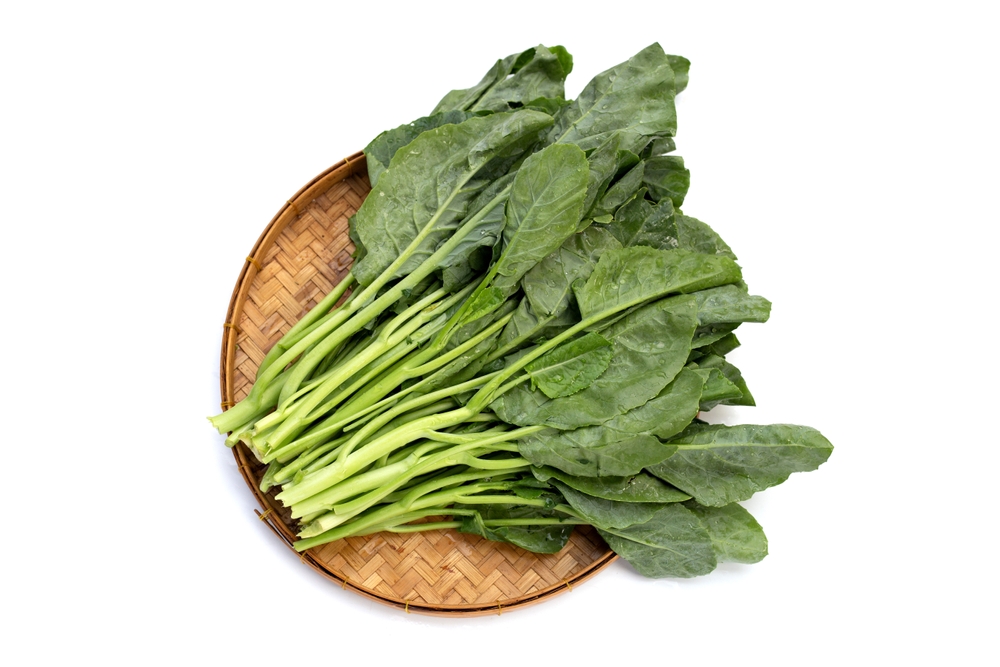
Collard greens are a nutritious, leafy vegetable that thrives in the cooler temperatures of fall. They are high in vitamins A, C, and K, which support immunity and bone health. Collard greens are traditionally cooked with smoked meat or sautéed with garlic and olive oil. They are a staple in Southern cooking and make a great addition to stews, soups, and rice dishes.
These greens are packed with fiber and antioxidants, which help protect the body from oxidative stress. Their hearty texture stands up well to long cooking times, making them perfect for slow-braised dishes. Collard greens can also be chopped and added to salads for a fresh, slightly bitter bite. They provide an earthy flavor that complements fall’s savory dishes.
Parsnips
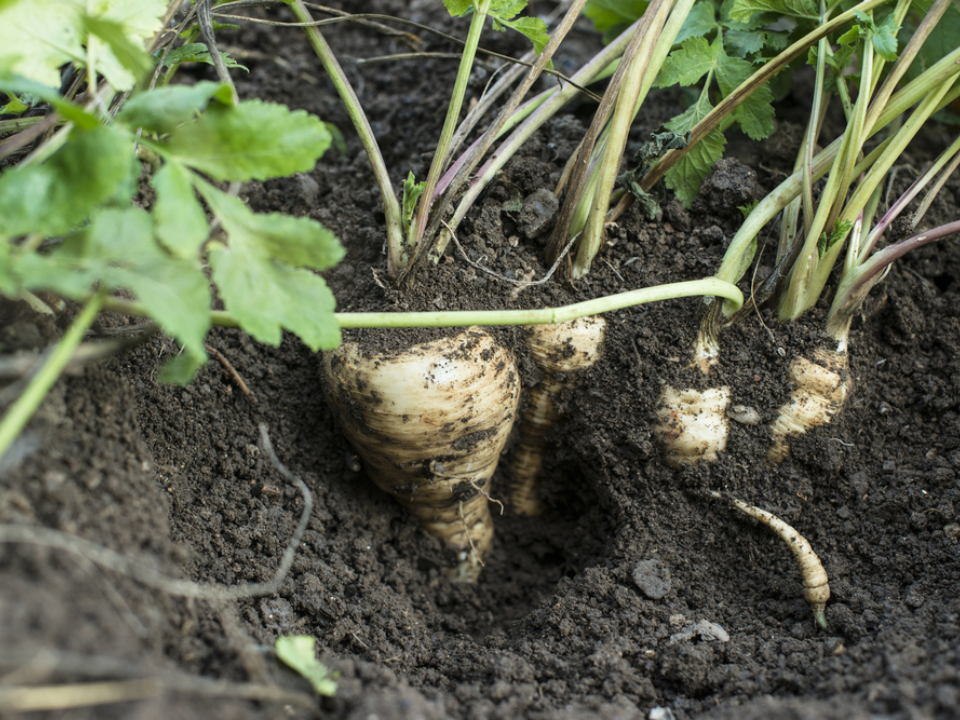
Parsnips are root vegetables with a sweet, nutty flavor that make them a great choice for fall meals. They are rich in fiber, vitamin C, and folate, which support overall health. Roasting parsnips brings out their natural sweetness, and they can be added to soups, stews, or mashed as a side dish. You can also enjoy them as fries for a healthier alternative to potatoes.
Parsnips are low in calories but high in nutritional value, making them a great addition to any fall meal. Their earthy flavor pairs well with other root vegetables like carrots and sweet potatoes. Try roasting them with garlic and rosemary for a simple yet flavorful side dish. Parsnips add a satisfying texture to fall soups and are perfect for blending into creamy purees.
Radishes
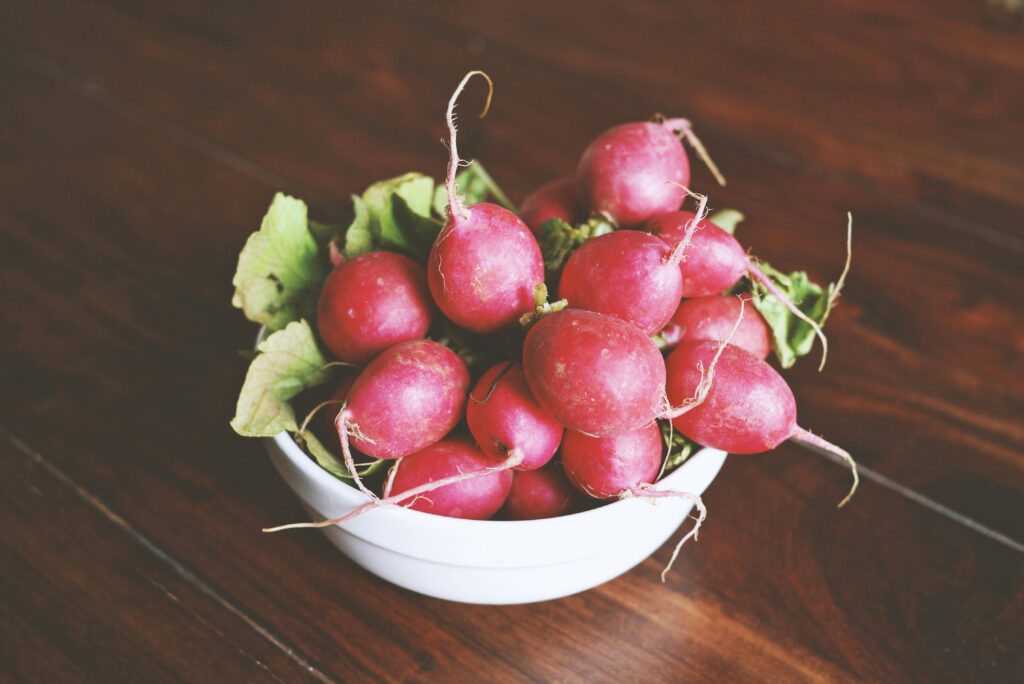
Radishes are crisp, slightly spicy root vegetables that add a nice kick to your meals. They are a great source of vitamin C, potassium, and fiber, supporting immune function and heart health. Radishes can be eaten raw in salads or roasted to bring out a milder flavor. You can also add them to soups or stir-fries for an extra crunch.
These vegetables come in a variety of colors, from red to purple to white, and each offers its own unique flavor profile. Roasting radishes softens their bite, making them a great addition to fall vegetable medleys. You can also sauté them with a touch of butter and herbs for a quick, simple side dish. Radishes add a nice balance to heartier fall meals.
Winter Squash
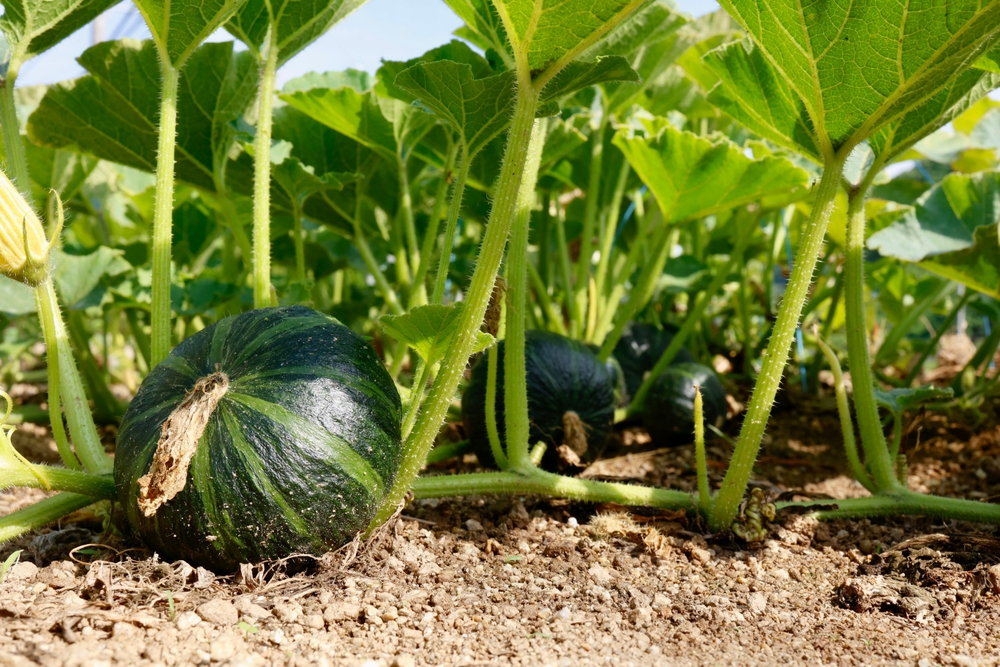
Winter squash is a staple in fall cooking, with varieties like acorn, spaghetti, and delicata squash offering unique flavors and textures. These squashes are rich in vitamins A and C and provide a good source of fiber. Roasted winter squash pairs well with grains like quinoa and rice or can be blended into creamy soups. You can also use them as a base for savory fall pies or casseroles.
Winter squash is high in antioxidants, which help protect the body from inflammation. Their sweet, rich flavor makes them ideal for pairing with earthy herbs and spices like thyme and sage. Try roasting different varieties and adding them to grain bowls or salads for a comforting, nutrient-packed meal. Winter squash is perfect for satisfying fall cravings while providing essential nutrients.
Swiss Chard
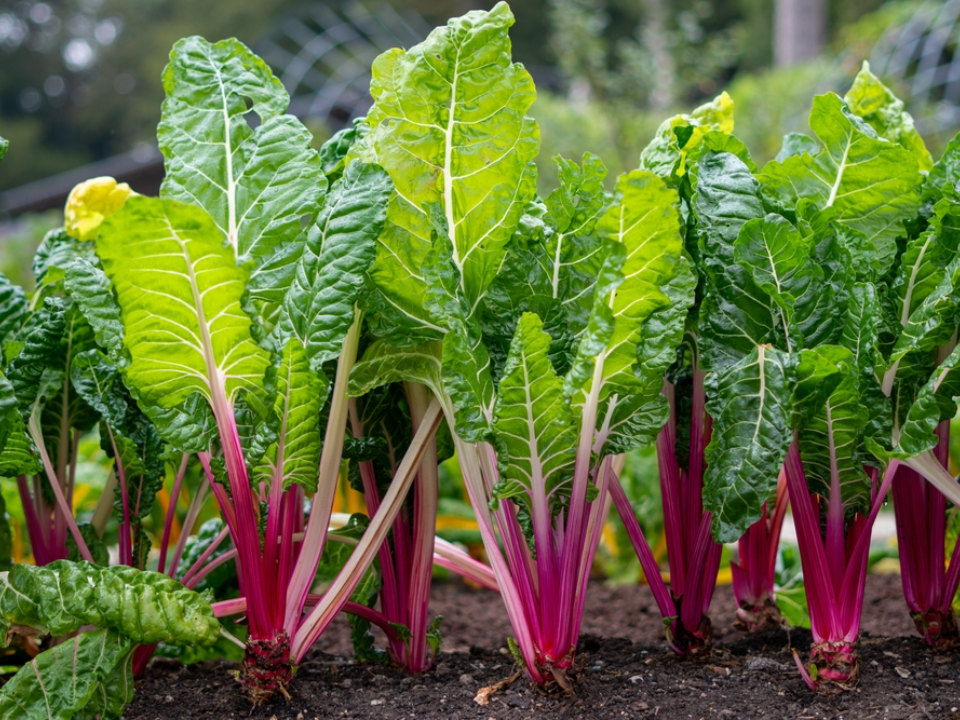
Swiss chard is a vibrant, leafy green that thrives in cooler weather and is full of essential nutrients. It is rich in vitamins K, A, and C, and provides antioxidants to support overall health. Swiss chard can be sautéed with garlic, added to soups, or used as a wrap for a healthy, gluten-free meal. It is also great in grain bowls or as a side to roasted meats.
This vegetable has a slightly earthy taste that complements fall spices like cinnamon and nutmeg. The tender leaves and colorful stems make Swiss chard a beautiful addition to any dish. You can pair it with roasted squash or sweet potatoes for a flavorful fall meal. Swiss chard’s versatility makes it a great vegetable for a wide range of fall dishes.
Turnips
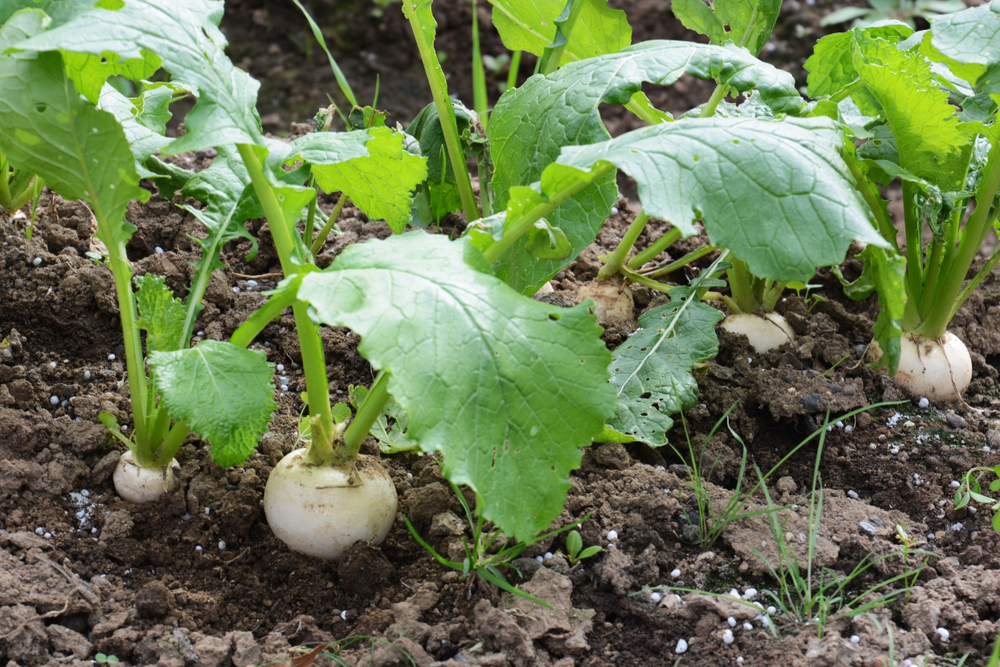
Turnips are hearty root vegetables that provide a slightly peppery taste and are packed with vitamins and fiber. They are an excellent addition to soups, stews, and roasted vegetable mixes. Turnips can be mashed, roasted, or sautéed and pair well with root vegetables like carrots and parsnips. You can also add them to salads for a crisp bite.
These vegetables are low in calories but high in nutrition, making them a great option for any fall meal. Roasting turnips with garlic and herbs brings out their natural sweetness. You can even blend them into creamy soups or serve them as a side dish. Turnips add variety and flavor to fall menus and are a great way to explore seasonal produce.
This article originally appeared on Avocadu.
